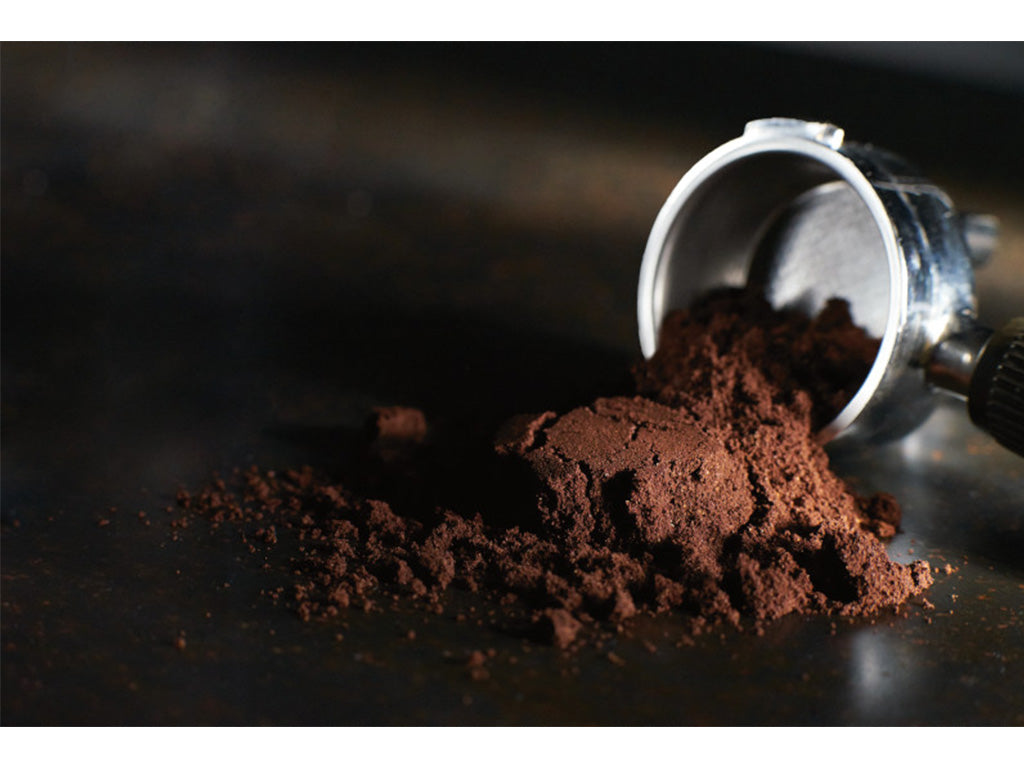
Espresso Roast vs Dark Roast
Espresso Roast vs Dark Roast Coffee: What’s the Difference?
At first glance, “espresso roast” and “dark roast” might seem like interchangeable terms. After all, espresso is often bold and intense—qualities associated with darker roasts. But here’s the catch: espresso isn’t a roast level at all. It’s a brewing method. And while dark roast beans are often used for espresso, they’re not the only option. In this post, we’ll clear up the confusion and break down the differences between espresso roast and dark roast, explain how extraction works, and help you find the best beans and methods for your preferred cup.
What is Espresso Roast?
Espresso roast refers to coffee beans roasted specifically to perform well when brewed as espresso. Typically, these are medium to dark roasted beans, but the real key is how they’re ground and brewed—not their roast level alone.
Espresso brewing requires a fine grind and high-pressure extraction, which brings out a concentrated, flavorful shot. Roasters often select and roast beans labeled as “espresso” to enhance characteristics like body, crema, and sweetness when brewed under pressure. But in reality, you can pull espresso shots with any roast—if the grind, dose, and extraction are dialed in properly.
Espresso Extraction Explained
Espresso brewing is distinct because it uses high pressure (usually 9 bars) to force hot water through finely ground coffee. This process takes just 25–30 seconds and produces a highly concentrated shot—around 1 ounce—full of complex flavors and aromatic compounds.
What makes espresso unique isn’t just the speed or volume—it’s what gets extracted. The pressurized water draws out a balance of acids, sugars, and bitter compounds more intensely than other brewing methods. The result? A velvety texture, intense aroma, and a thick, golden crema on top. Compared to drip or pour-over methods, espresso contains more dissolved solids, giving it a fuller body and more pronounced taste—even if it uses less coffee by volume.
Because extraction happens so quickly, precision is critical. Over-extraction can taste bitter and harsh; under-extraction can taste sour and thin. The roast level influences how easily compounds dissolve: darker roasts extract faster due to more porous structure, while lighter roasts often require more finesse and a longer dial-in process to balance flavors.
What Bean Roast is Best for Espresso?
While dark roasts have long been the go-to for espresso, modern coffee culture embraces a broader spectrum. Medium and even light roasts are now common choices for espresso, each bringing out different flavor profiles in the cup.
Dark roast beans offer bold, smoky flavors with lower acidity and a heavier body. Their natural oiliness contributes to a richer crema and fuller mouthfeel. Medium roasts strike a balance—showcasing both sweetness and depth—while highlighting different origin characteristics. Light roasts, though less traditional, can bring out vibrant citrus and floral notes, though they can be harder to extract well.
Ultimately, the best roast for espresso depends on your taste preferences. Do you crave chocolatey richness? A dark roast might be for you. Want a fruity, complex shot? A light roast espresso can surprise and delight—just be ready to tweak your grind size and brew parameters accordingly.
What is Dark Roast Coffee?
Dark roast coffee is made from beans roasted longer and at higher temperatures, typically until the “second crack” stage—when the beans crack a second time due to internal pressure. At this point, much of the origin flavor has given way to roast-driven notes like chocolate, smoke, and spice.
These beans are often dark brown with a shiny, oily surface. The extended roast time caramelizes sugars and breaks down acids, resulting in a smoother, less acidic cup. Because they’re more porous, dark roast beans tend to extract quickly, making them forgiving for a variety of brewing methods.
What Are the Best Brewing Methods for Dark Roast Coffee?
Dark roast coffee shines in methods that emphasize body and intensity. French press and AeroPress allow full immersion, extracting those deep, bold flavors. Moka pots mimic espresso with stovetop pressure, while drip machines or pour-over devices like a Chemex brewer deliver a balanced cup when used with a slightly coarser grind. These brewing styles enhance the roast’s signature notes—making for a smooth, comforting coffee experience.
Is Espresso Stronger than Dark Roast?
“Stronger” can mean different things to different people: from more caffeine to more flavor to more intensity. By volume, espresso has more caffeine and flavor concentration than a standard cup of coffee—thanks to the high-pressure brewing and fine grind. However, because a serving of espresso is small, a full mug of drip-brewed dark roast may contain more total caffeine.
In terms of flavor, espresso is undeniably more intense. It’s a complex, layered experience packed into a single shot. But that doesn’t mean dark roast brewed another way can’t be bold—it’s just a different kind of strength. If you're looking to explore the nuances of each, a detailed brew guide can help you fine-tune flavor, strength, and method to match your taste preferences.
Peet’s Espresso Coffees
At Peet’s, our espresso coffees are crafted with precision and purpose. Whether it’s our Espresso Forte, with its rich crema and hints of chocolate, or Nerissimo, our darkest roast espresso capsule, designed for deep intensity, Peet’s coffee for espresso is roasted to highlight the qualities that make every shot exceptional. You’ll find balance, depth, and complexity in every cup.
Peet’s Dark Roast Coffees
Peet’s dark roasts are where intensity meets craftsmanship. Peet’s dark roast coffee beans, like those in Major Dickason’s Blend®, offer full-bodied, complex flavors with notes of smoky chocolate and spice. Whether you’re brewing a morning cup or a post-dinner press, our dark roasts deliver bold, satisfying flavor with every sip.


